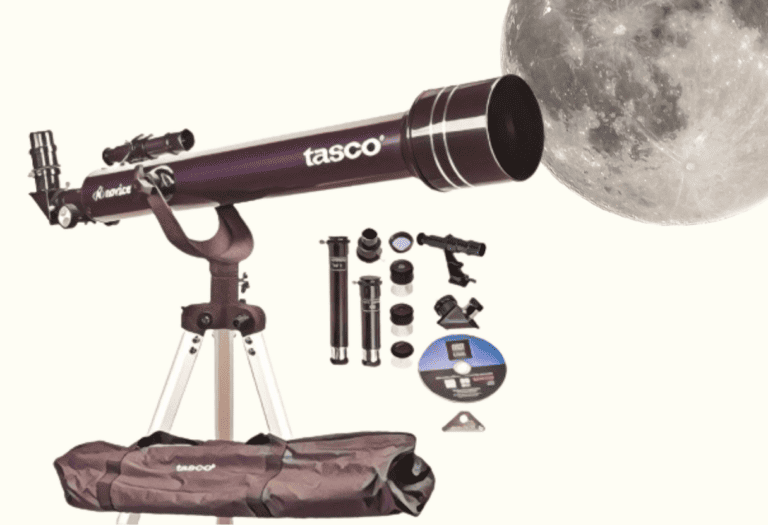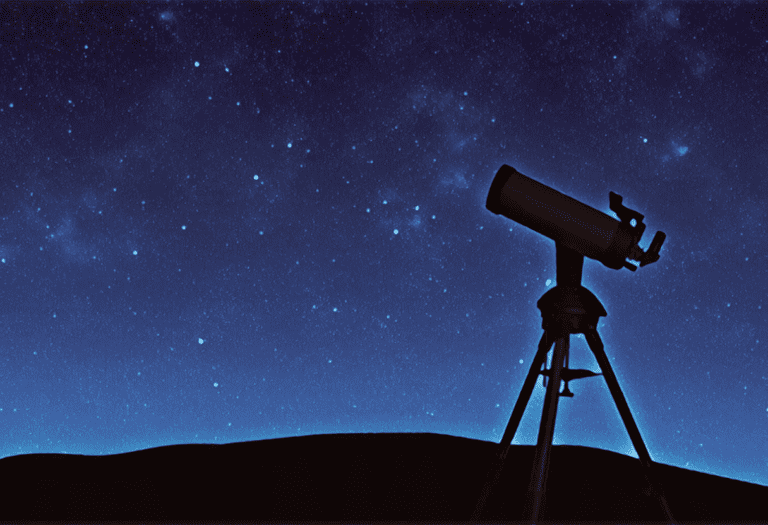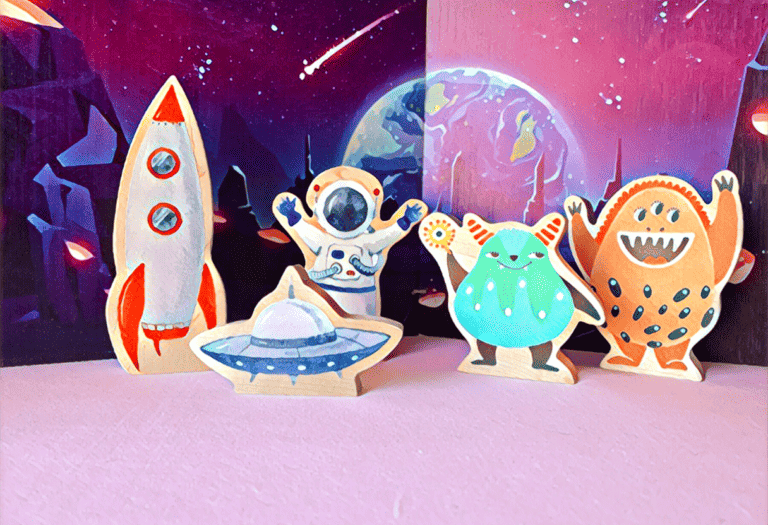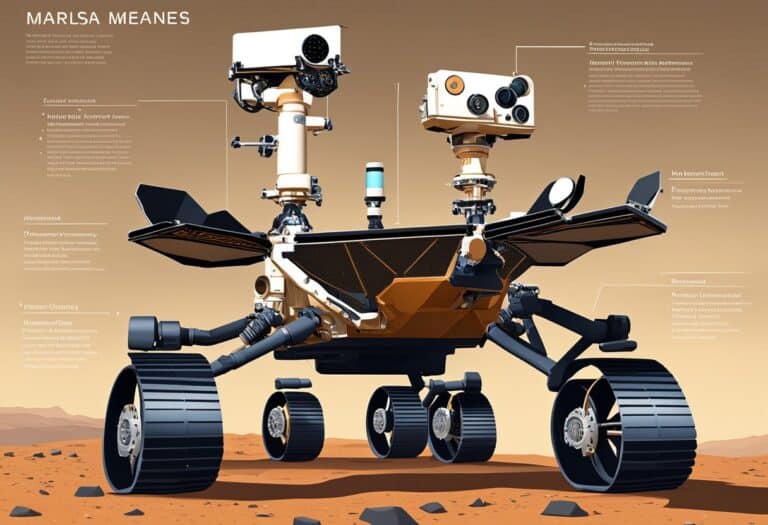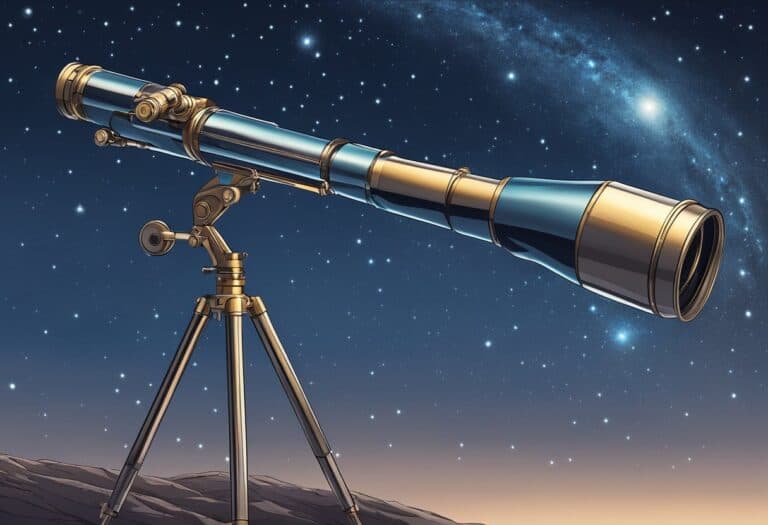Ready to take your stargazing to the next level?
Telescope accessories can profoundly enhance your astronomical experiences, turning a simple gaze into the night sky into an in-depth exploration of celestial wonders. From advanced optics and tracking systems to comfortable eyepieces, the right accessories not only upgrade the power of your telescope but also enrich your specific interests in astronomy.
Well, we’ll be going over:
- What types of telescope accessories are essential for enhancing your stargazing experience and why?
- Which specific telescope accessories currently stand out in the market for their quality, functionality, and ability to improve telescopic observations?
- How do these recommended accessories cater to different types of astronomers, from hobbyists to more serious skywatchers?
Whether you’re capturing stunning images of distant galaxies or simply enjoying a clearer view of the moon’s craters, the right telescope accessories can make a world of difference.
Let’s dive in.
Top Telescope Accessories for Stellar Observations
- Celestron 14 Piece Telescope Kit – Top Pick
- Celestron Basic Moon Filter
- Gosky Smartphone Adapter
- Celestron SkyPortal
- Alstar Suppression Pads
I’ve researched and compiled accessories that can significantly enhance your stargazing experience. Whether you’re a seasoned astronomer or a hobbyist, the right gear can make all the difference in bringing the wonders of the night sky into sharp focus. From filters and eyepieces to mounts and adapters, these selections represent the best on the market, each chosen for its quality, functionality, and ability to elevate your telescopic observations.
Celestron 14 Piece Telescope Kit

If stargazing is your passion, this kit will enormously enrich your celestial viewing experience, offering versatility and quality.
Pros
Cons
Having recently spent several nights under the stars, I’ve found the Celestron 14 Piece Telescope Kit to be quite a gem. Its eyepieces allowed me to zoom in on the craters of the moon and the bands on Jupiter with clarity that made each observation a thrill. The moon filter, especially, is a game changer – it makes lunar observation more comfortable and detailed without being too harsh on the eyes.
As someone passionate about astronomy, I often experiment with various accessories to enhance my viewing. The colored filters in this kit did not disappoint. They provided me with an engaging way to discern planetary features that I had not noticed before. Seeing the ice caps on Mars become more prominent with the use of a filter was a remarkable moment.
While the kit is comprehensive, it leaves room for expansion. I appreciate the foresight to include space in the case for future accessories. The sturdy build of the case made me confident that my investment is well-protected as I navigate the dark to my observation spot. This kit, with its thoughtful array of eyepieces and filters, enriches the amateur astronomer’s toolbox and brings the wonders of the night sky within closer reach.
Celestron Basic Moon Filter

I found the Celestron Basic Moon Filter to be a worthy investment for any avid moon observer.
Pros
Cons
Last night, the moon was shining bright and it was the perfect opportunity to test out this filter. As soon as I threaded it onto my eyepiece, I noticed an immediate difference. The typical glare that washes out lunar details was greatly diminished, allowing me to make out even the finer features of the lunar surface with ease.
This accessory isn’t just for show; the practical benefits are clear as day—or should I say, as clear as night. It’s especially useful when observing the moon in its most illuminated phases, where the excessive brightness can be a real issue. The filter efficiently managed that light, letting me view the moon for extended periods without any discomfort.
Installation was a breeze. It took mere seconds to equip my telescope with this little gadget, transforming my lunar viewing experience. But it’s not only about utility. The lack of a storage case was a bit of a letdown, leaving me to find a makeshift protective solution. As for observing a supermoon, I found that while the glare was lessened, it was still challenging to fine-tune the view to my preference without any darkness level indicators.
Gosky Smartphone Adapter

I found this mount to be a game-changer for astronomy enthusiasts who want to photograph celestial sights straight from their phones.
Pros
Cons
My first hands-on experience with the Gosky Smartphone Adapter was seamless. Adapting it to my telescope took just a minute, and I was impressed by its solid feel in the hand – the zinc alloy body exudes durability. With my iPhone snugly clamped in place, capturing the craters of the moon was almost effortless, transforming my casual stargazing into a shareable moment.
I was curious to see how it would perform with different devices. So, I attached it to my binoculars during a bird-watching session. Despite the initial adjustments needed to align my phone’s camera with the eyepiece properly, the results were worth the effort. The close-up shots of a Cardinal mid-song were stunningly clear.
The adapter’s compatibility range is another plus. Friends with various phone brands had no trouble fitting their devices, from Androids to the latest iPhones. However, it’s worth noting that some ultra-thick phone cases might need to be removed to ensure a proper fit. But this minor inconvenience is a small price to pay for the quality of images and videos you can capture with this handy accessory.
Celestron SkyPortal

I recommend the Celestron SkyPortal for its ease of turning your smartphone into a telescope control hub, but do be aware of its reliance on a stable connection.
Pros
Cons
When I used the Celestron SkyPortal, the setup was a breeze. After downloading the app, I was steering my telescope across the night sky within minutes. The wireless control is such a modern convenience; there’s something truly magical about navigating stars and planets with a swipe of your finger.
Navigating the database of 100,000 celestial bodies had an air of discovery. Whether I was exploring nebulas or tracking a distant galaxy, everything I wanted to see was a simple tap away. The automated Sky Tour became a go-to feature for nights when I wanted to experience the best viewing options tailored to my location and time.
However, the device did test my patience at times with some sporadic connectivity hiccups which reminded me why a stable Wi-Fi connection is vital for such gadgets. Considering the cost, I expected unflinching performance, but these are tech quirks we’re often all too familiar with. Moreover, checking compatibility with your current telescope model is a must—this device shines with the right companion scope.
Alstar Suppression Pads

I found that the Alstar Suppression Pads effectively minimize vibrations, enhancing my telescope’s stability and imaging clarity.
Pros
Cons
After setting up my telescope on a windy overlook, the first thing I noticed was how the Alstar Suppression Pads gripped securely to the ground. The well-crafted design meant they snuggly fit the legs of my tripod. When I peered through my eyepiece, the usual vibration from gusts of wind seemed to have diminished significantly.
In my astrophotography attempts, the frustration of camera shake was often the bane of my existence. With these pads, I observed a notable change; my images were sharper and there was less need to redo shots due to wobble. I also appreciated that after a night on damp grass, the pads were a simple rinse away from being as good as new.
Although they’re marketed as a way to nearly eliminate vibrations, it’s important to have realistic expectations. The improvement in stability is there, but don’t expect an earthquake-proof setup. Also, while the price is justified given the product’s performance, I am aware that it could stretch the budget for some. Lastly, these pads are sturdier than I anticipated. They’re not rock-hard, but a touch softer might have provided even better shock absorption.
All in all, the Alstar Suppression Pads proved to be a valuable addition to my night-time observing. They’re easy to pack, quick to deploy, and enhance the quality of my observations.
Buying Guide
When I choose telescope accessories, my priority is compatibility with my existing equipment. I ensure that the accessory will fit and function properly with my telescope’s make and model.
Types of Accessories
The types of accessories available include eyepieces, filters, mounts, and cameras. For each type, I consider the following:
- Eyepieces: The focal length and field of view are crucial. A shorter focal length provides higher magnification, while a wider field of view is best for observing larger areas of the sky.
- Filters: For filters, I look at the type (light pollution, solar, etc.) and the size to ensure it matches my eyepieces.
Features to Consider
In evaluating features, I prioritize:
- Quality of Construction: Durability and material quality are non-negotiable, as they affect the longevity and performance of the accessory.
- Ease of Use: User-friendliness is essential, especially for accessories like computerized mounts, which should have intuitive controls and interfaces.
Price vs. Quality
I balance cost with quality by considering:
- Budget: I set a price range that matches the importance of the accessory in my overall experience.
- Investment Value: I consider whether a higher-priced accessory provides a significant advantage in enhancing my astro-observations.
Comparison Table
To illustrate, I create a simple comparison table without specific brands:
| Feature | Importance | Notes |
|---|---|---|
| Compatibility | High | Must match telescope specs |
| Construction | High | Better materials ensure longevity |
| Usability | Medium | Should be user-friendly |
| Price | Varies | Dependent on budget and accessory role |
By adhering to these guidelines, I find telescope accessories that enhance my stargazing without compromising on quality or breaking the bank.
Frequently Asked Questions
In this section, I’ll address common inquiries about telescope accessories, focusing on those key items that can significantly enhance your astronomical experience.
Which telescope accessories are essential for a beginner astronomer?
For novice stargazers, a red-dot finder, a couple of quality eyepieces (one low-power and one high-power), and a good star map are indispensable. A sturdy mount also provides a solid foundation for any observations.
How can I enhance my telescope’s capabilities for deep-sky observation?
A larger aperture is crucial for observing deep-sky objects. Consider upgrading to a telescope with at least an 8-inch aperture. Additionally, a Barlow lens can increase the magnification, and a motorized mount can track objects smoothly as Earth rotates.
What are the best eyepieces to observe planetary details?
Planetary observation benefits from eyepieces with short focal lengths and wide fields of view, creating high magnification without sacrificing clarity. Plossl and orthoscopic eyepieces are popular, offering sharp contrasts to distinguish planetary features.
What additional gear should I consider for improving astrophotography?
To improve astrophotography, invest in a T-ring adapted for your camera, an equatorial mount for precise tracking, and a remote shutter release to minimize vibrations. A field flattener can also correct edge distortions in your images.
Which mounts and tripods offer the best stability for telescopes?
An equatorial mount is preferred for its stability and ability to follow the celestial sphere’s rotation. For tripods, choose those with adjustable heights and robust materials like carbon fiber or stainless steel, which resist natural vibrations.
How can I choose the right filters for my telescope to view different celestial objects?
Narrow-band filters are excellent for observing nebulae by allowing specific wavelengths of light to pass through. For lunar and planetary observation, color filters can enhance contrast and bring out details by reducing glare and selective wavelength transmission.


